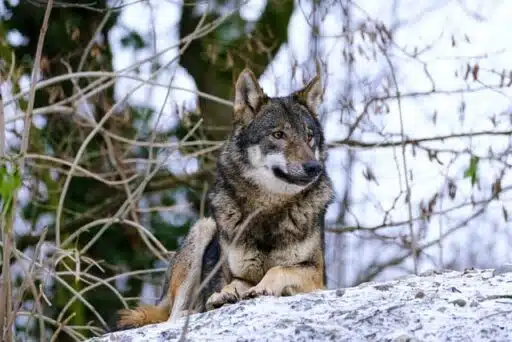There are many endangered animals and wildlife in Europe right now. Several of them are on the verge of extinction and will permanently disappear unless we take immediate action. Here are 23 European endangered animals and wildlife you should be aware of.
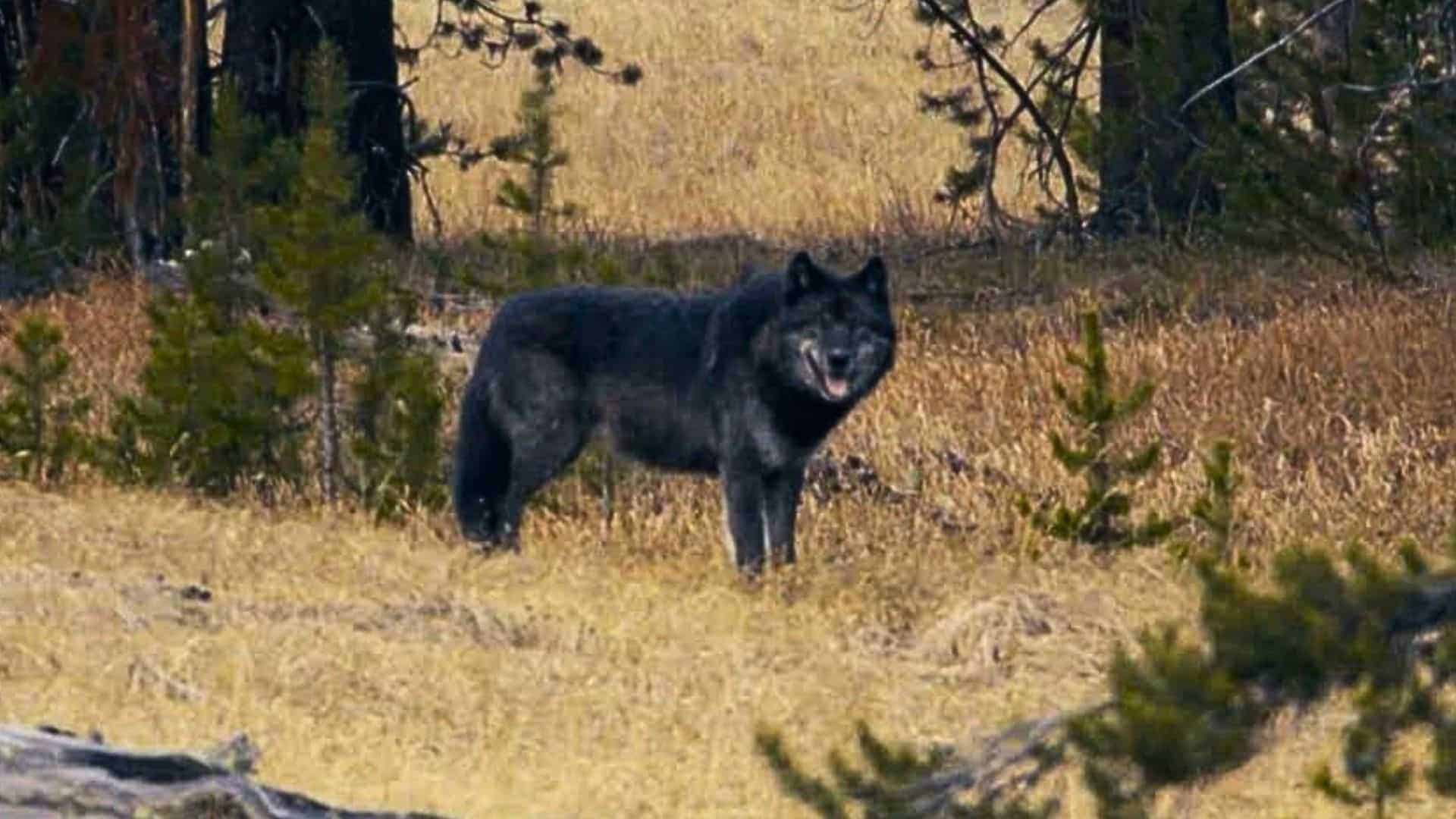
Let’s look closely at a handful of these animals and determine what we can do to ensure their survival for future generations.
Most Endangered Animals and Wildlife of Europe
#1 European Ground Squirrel
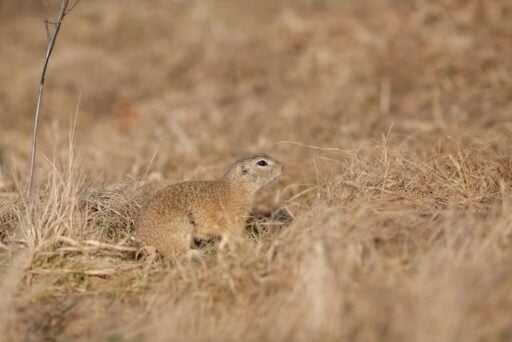
Scientific name: Spermophilus citellus
European ground squirrels spend the majority of their existence down into the soil where they can protect themselves from predators. They hibernate during the cold weather and use daily torpor (brief hibernation, thus conserving power throughout the year.
The main threat to this squirrel is habitat deterioration caused by agricultural advancement. Between 1998 and 2008, researchers approximated more than 30% of population reductions in the creatures geographic distribution.
European ground squirrels have restricted themselves to habitats humans have altered, such as golf resorts, air bases, and vineyards. Some religious groups in Eastern Europe even consume European ground squirrels as a meal.
#2 European Bison
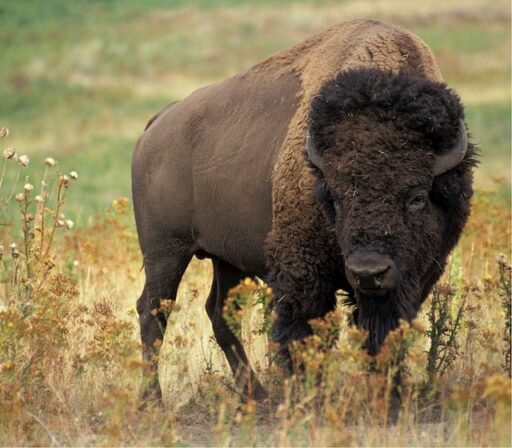
Scientific name: Bison bonasus
The European Bison is the largest known animal in Europe and Asia. It is a shy, peace-loving animal that lives in the woods. The Bison’s diet consists of herbaceous plants and grasses.
However, because of poaching and habitat destruction its population is declining. Only about 2,500 European bison are left in the wild today, threatening European bison species with extinction.
The greatest danger to the European Bison is habitat loss, which has made it challenging for the Bison to find enough shelter and nutrition. The Bison’s natural habitat has shrunk as humans establish more and more land for agricultural purposes and urbanization.
#3 Eurasian Capercaillie
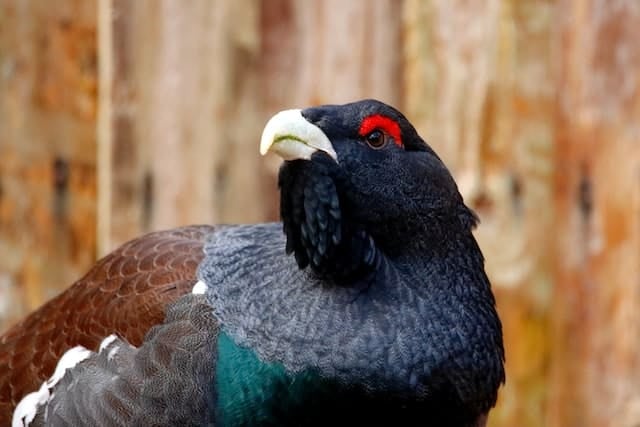
Scientific Name: Tetrao urogallus
The Eurasian Capercaillie is a bird species living in Asia and Europe. It is critically endangered, with only 6000-7000 Eurasian Capercaillie left in the natural environment.
The Eurasian Capercaillie lives in dense forest areas to find shelter and nourishment. Their habitat, however, is dwindling due to environmental destruction and other human impacts.
Furthermore, the Eurasian Capercaillie is preyed upon for its meat because of its unique taste in some cultures. The Eurasian Capercaillie is on the verge of extinction due to these factors. Environmental protection efforts are essential to protect this animal.
#4 Iberian Lynx
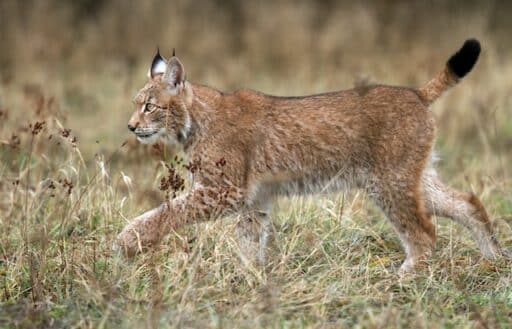
Scientific name: Lynx pardinus
This is a famous wild cat species endemic to southwestern Europe. It is the world’s most endangered cat species, with only about 400 remaining in the wild.
The Iberian Lynx hunts rabbits and is a shy and solitary animal that lives in forest areas and thick jungles. Illegal hunting and habitat destruction resulting from deforestation and urbanization pose a great danger to it.
Previously, it was widespread throughout Spain and Portugal but now only remains in a few isolated pockets of its native habitat. Currently conservation efforts are in the process of saving the animal from endangerment, but the clock is running out for this magnificent creature.
One such effort is establishing a captive breeding program that has succeeded in raising the Iberian Lynx population. Habitat restoration and protection, as well as public outreach and awareness programs, are examples of other important conservation work.
#5 Pine Marten
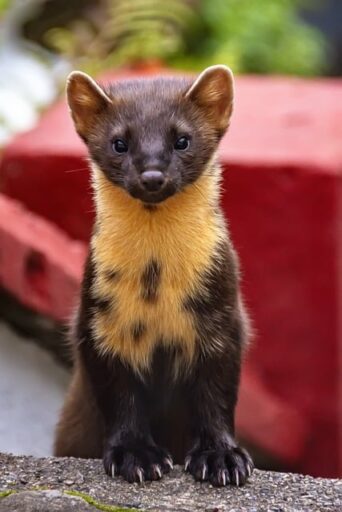
Scientific name: Martes martes
The Pine Marten, famously known as the sweet marten, is a comparatively tiny, endangered marten species inhabiting Europe. These solitary and territorial animals reside in woodlands and other forested areas. Pine Martens eat mice, birds, arthropods, bird eggs, and nectarines.
The threats faced by pine martens are habitat loss and degradation, and mistreatment. Moreover, changing climate and forest fragmentation threaten them.
The IUCN assesses the species’ condition by using IUCN Red List Categories and Criteria, which constitute the most widely recognized method for evaluating extinction risk worldwide. They conclude the endangerment of European Pine Marten. An approximate of 5,000 to 15,000 individuals remain in the animal world.
Several conservation efforts are currently in progress to help shield Pine Martens. These include habitat preservation and rehabilitation, invasive alien species control, breeding, and release programs, and public awareness campaigns to promote consciousness about the endangerment of these species.
#6 European Pond Turtle
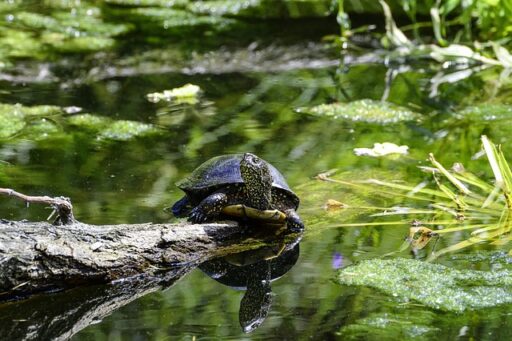
Scientific name: Emys orbicularis
The European Pond Turtle is a rare sight for humans. This turtle lives in ponds and streams and can grow 30 centimeters long and has a dark shell. Their numbers, however, are rapidly declining with each passing day, making them one of Europe’s endangered animals.
Please do not disturb one if you come across it in the wild. The European Pond Turtle is a socially inept creature. However, if you are fortunate enough to see one, it is best not to startle it.
Pollution is also harming European Pond Turtles. Their water becomes polluted and toxic, making them very ill. Finally, even though it is now a crime, some individuals continue to kill European Pond Turtles for their flesh or shells.
#7 European Mink
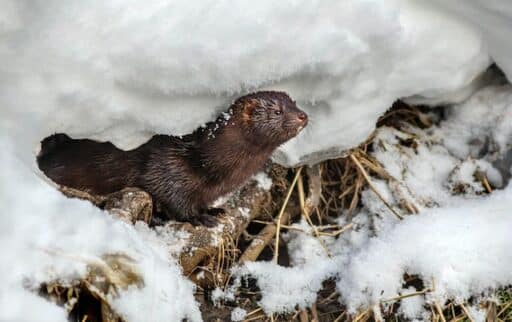
Scientific name: Mustela lutreola
The European Mink is a mink species native to Europe. They consume fish, toads, and marine rodents as food. The European Mink is a solitary animal that only comes together to mate. Females have between two and six babies at one time. These species used to have a wide range that stretched from Spain to Russia.
It is one of Europe’s critically endangered animals, with only about 3,000 individuals remaining in the wild. European Mink are crepuscular creatures that live in holes in the ground near bodies of water.
However, because of habitat destruction and hunting, their numbers have decreased in recent years. Only Spain, France, Germany, and a portion of Russia now have European Mink.
#8 Saiga Antelope
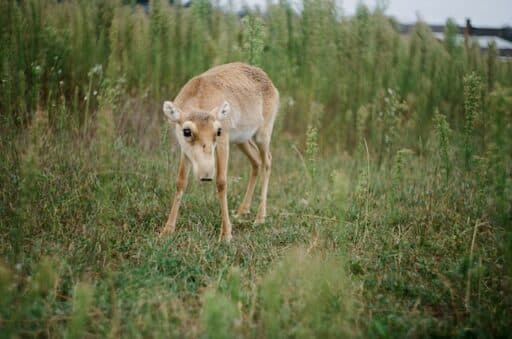
Scientific name: Saiga tatarica
The Saiga Antelope, another critically endangered animal in Europe, is a one-of-a-kind creature that has existed for thousands of years. Unfortunately, illegal hunting and deforestation have reduced their numbers in recent years.
These antelopes used to roam the grasslands of Russia and Asia, but their range has shrunk to a few limited areas in Kazakhstan. There are ongoing efforts to safeguard the surviving Saiga Antelopes and help them survive, but given the obstacles they face, this won’t be easy.
Conservation initiatives are underway, including the establishment of nature reserves and collaboration with local communities to encourage sustainable hunting practices.
#9 Eurasian Brown Bear
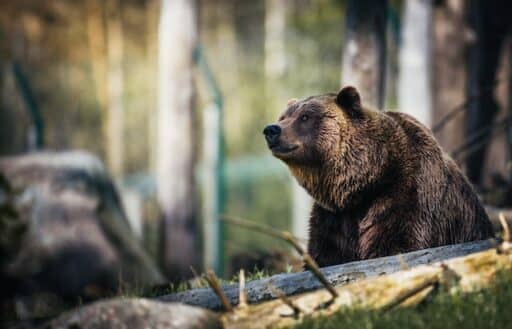
Scientific name: Ursus arctos arctos
The Eurasian Brown Bear is a brown bear subspecies present in Europe and Asia. Males in Eurasian Brown Bears average around 3 meters in length, while females in Eurasian Brown Bears average around 2 meters. The population of grizzly animals in Central Europe is very small and especially endangered in France.
They have shaggy brown fur that keeps them warm during their cold, mountainous wildlife. Eurasian Brown Bears are omnivorous, meaning they eat both plants and animals. During the summer, they eat fruits, nuts, and herbaceous plants.
In the winter, they complement their nutrition with smaller animals like mice and voles.
They are animals that like to spend time on their own and only congregate during the breeding season. Young are born blind and defenseless and spend up to two years with their mother before venturing alone. Because of habitat loss and hunting, these bears constitute critically endangered species.
We can do several things to help protect these animals, such as establishing protected areas where they can live and grow, working collaboratively with surrounding communities to raise awareness about the significance of bears, and partnering with other organizations that help support bear environmental protection.
#10 Common European Viper
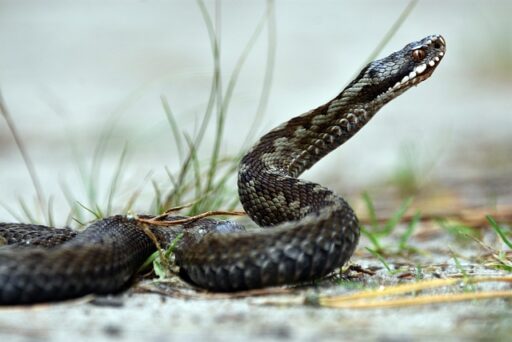
Scientific name: Vipera berus
The Common European Viper is a type of venomous snake located throughout Europe.
The Common European Viper can reach two meters in length and comes in various colors, including black, green, brown, and grey.
This snake is timid and avoids human contact, although it can be violent if triggered. The Common European Viper’s venom can cause discomfort, edema, lightheadedness, and even death.
These snakes benefit the ecosystem because they feed on small rodents and thereby assist in keeping their populations under control. Furthermore, this snake is also a vital source of nutrition for larger predators like carnivores and predatory birds.
#11 Bavarian Pine Vole
Scientific name: Microtus bavaricus
The Bavarian Pine Vole is a nearly extinct rodent endemic to southern Germany’s mountain region.
It has thick dark red fur and a long tail, and feeds on the needles and bark of pine trees. Various factors threaten the Bavarian Pine Vole, including forest destruction, competition for resources by other animals, and illnesses.
Only a few hundred individuals survive today, and without immediate conservation efforts, this endearing little creature may soon vanish from the landscape.
These voles are endangered animals due to habitat loss and fragmentation. In addition, introduced wild animals like the red fox pose a threat to them. Wildlife protection initiatives aimed at safeguarding this species and its shelter are ongoing.
#12 North Atlantic Right Whale
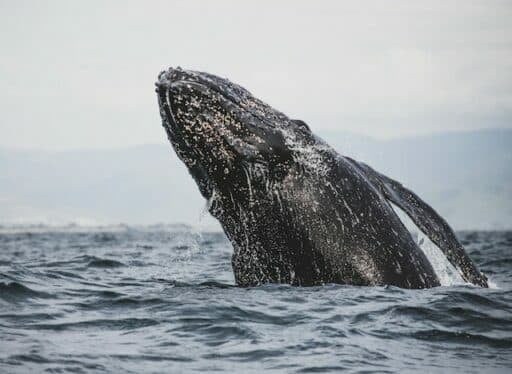
Scientific name: Eubalaena glacialis
These whales reside in the North Atlantic Ocean close to the coastline. They are dark in color with a white patch on their stomach. These whales were once common in the North Atlantic, but their numbers have recently dropped significantly.
Several reasons for this decline include habitat modification, fishing pole entanglements, and cruise strikes. The IUCN has classified the North Atlantic right whale as endangered. According to estimates, approximately 450-500 individuals reside in the wild.
Many conservation efforts to aid in protecting the North Atlantic Right Whale are in process. One example is the establishment of large “whale sanctuaries” where catching fish is explicitly banned. These conservation areas provide a safe harbor for whales to reside and reproduce while reducing whale mortality.
#13 Monk Seal
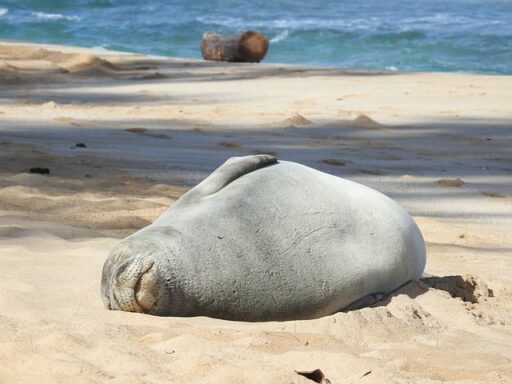
Scientific name: Monachini
You may find the nearly extinct Monk Seal in Europe’s Mediterranean and Atlantic seas. They stand out due to their black head and torso, as well as a white patch on their chest. They are socially inept animals who tend to avoid humans.
Sailors once used these living creatures to aid them in hauling in their nets, and they are among the first living creatures to be kept as pets by man. However, these seals are on the verge of extinction due to current fishing practices.
Only 600-700 monk seals are left in the wild, making them one of Europe’s most endangered and rarest animals. Sudden capture in fishing equipment, habitat obliteration, and environmental damage threaten their lives.
Conservation efforts are critical for the security of endangered animals. There are numerous ways to contribute to the environmental protection of these animals. You can help by volunteering with several organizations, donating funds to support their care, or creating awareness about their sufferings.
#14 Striped Hyena
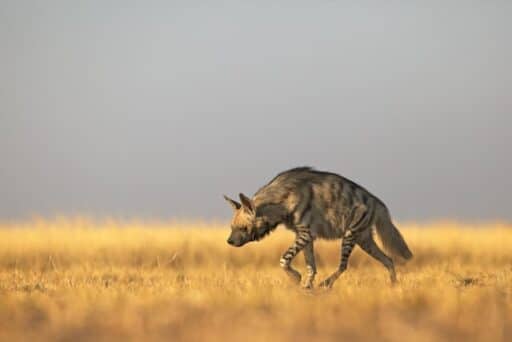
Scientific name: Hyaena hyaena
The striped hyena can inhabit dry and hilly areas with scrub trees and shrubs. It makes its home in rugged mountains, gorges, and fissures. In some areas, it also lives in open savannah with dense grassland.
The striped hyena is solitary, but it does have some social organization. Because of target shooting and habitat destruction, it is classified as a threatened and endangered animal in Europe.
#15 Eurasian Wolf
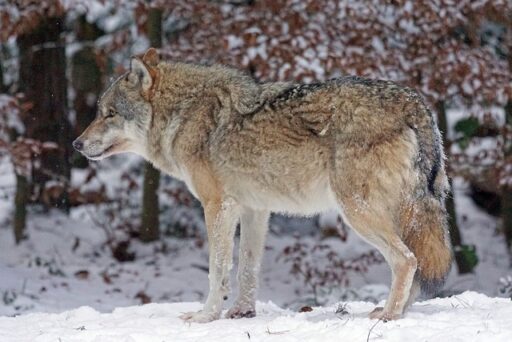
Scientific name: Canis lupus lupus
You may wonder why Eurasian Wolves are on this list despite having a conservation status of ‘Least Concern.’ These wolf species live throughout Europe. However, only about 1000-2000 wolves reside in Europe and are on the verge of extinction due to habitat loss, degradation, and illegal hunting.
Human hunting and persecution represent the most significant threat to the animal. The frequent killing of these wolves occurs because they are perceived as a threat to livestock, even though most wolf attacks on domesticated animals occur in places where there isn’t any wolf predation.
#16 Devil Fish
Scientific name: Manta birostris
The Devil Fish, also widely recognized as the Monkfish, can be observed in European waters. Its massive flathead distinguishes it, and several people compare it to the devil.
The Devil Fish is a susceptible species on the verge of extinction due to several factors, including overexploitation and environmental damage.
Devilfish are also occasionally become bycatch, which implies that fishermen accidentally catch them while attempting to capture other fish. These factors make the Devil Fish a member of the world’s most endangered fishes.
#17 Northern Bald Ibis
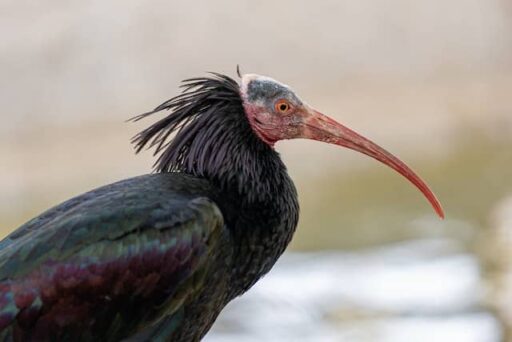
Scientific name: Geronticus eremita
The Northern Bald Ibis is a vulnerable bird species native to many European countries. Only 800-1000 individuals persist in the wild, and the community is declining.
Several conservation organizations have been striving to establish conservation areas for animals to protect this endangered species. Other efforts include promoting conservation awareness and facilitating education and scientific initiatives.
#18 Blue Chaffinch
The Blue Chaffinch is a comparatively tiny songbird native to the Canary Islands. Their name comes from the blue feathers on their face and chest.
These birds are scarce, with only about 10,000 remaining in the animal world. Loss of habitat, climate variability, and wild animals threaten Blue Chaffinches.
The humanitarian effort for the Blue Chaffinch is critical since this endangered bird is native to Europe. Conservation groups strive to safeguard the Blue Chaffinch’s habitat and spread awareness about the bird’s suffering.
#19 Goitered Gazelle
Scientific name: Gazella subgutturosa
Goitered gazelles live in various dry, arid terrain, including hills and mountainous valleys. They graze on the edges of cultivated land, attempting to avoid cultivation and cattle grazing.
Unrestrained illegal hunting and habitat destruction are significant threats. Industrial and agricultural growth are the primary causes of habitat destruction. Many gazelles die from malnutrition during the winter. Potential conservation programs may include limiting livestock grazing regions during the winter or prohibiting farm animals from accessing goitered gazelle habitat reserves.
#20 Mehely’s Horseshoe Bat
Scientific name: Rhinolophus Euryale
Mediterranean horseshoe bats live in forested areas in the foothills and mountains. They prefer karst formations with many caves close to water sources.
Rhinolophus Euryale is the most endangered Rhinolophidae in Europe, and it is listed as “Vulnerable” on the IUCN Red List. Although data on population estimates is limited, France experienced a 70% reduction in population between 1940 and 1980.
#21 Common Pipistrelle
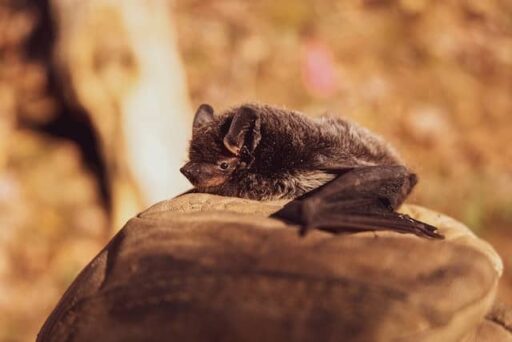
Scientific name: Pipistrellus pipistrellus
The Common Pipistrelle lives across Europe and northern countries such as England, Ireland, and even southern Scandinavia.
Among the tiny bats is the Common Pipistrelle. Its wingspan ranges from 180 to 240mm, and its wings are restrictive. Their wing and tail dermis are dark brown and lack fur.
The Common Pipistrelle is under threat in Austria and Germany, despite being widespread elsewhere in Europe. We must protect maternal nesting sites in order to guarantee the ongoing survival of this species.
#22 Freshwater Molluscs
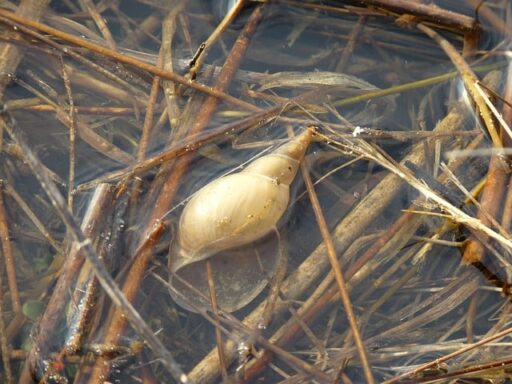
Europe is home to diverse freshwater molluscs and endangered species like the European freshwater mussel.
The IUCN Red List classifies these life forms as endangered, with less than 10,000 individuals remaining in the wild. Habitat destruction, degradation, and water contamination are significant threats to this species.
We can undertake various actions to safeguard mussels and many other endangered mollusks. Using toxic pesticides and other chemical contaminants in our rivers and streams must be reduced or eliminated as a first step.
#23 White Rumped Vulture
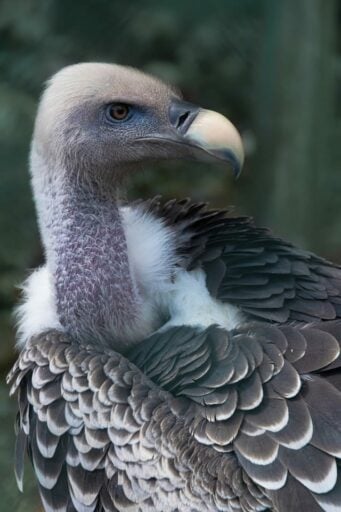
Scientific name: Gyps bengalensis
The white-rumped vulture is a medium-sized vulture with a body and neck lacking feathers. The creature’s white back, underparts, and underwing coverts stand out against the dark plumage.
Revival, breeding programs, and artificial feeding are used as conservation strategies.
Bottomline:
Animals on the verge of extinction are considered endangered species. The leading causes of endangerment are habitat loss and degradation, pollution, and climate change. Biodiversity is crucial for healthy ecological systems and human existence.
Thank you for reading this article! To extend your knowledge on endangered species even further you should also read up on the 15 Most Endangered Reptiles.
- Octopus Stuck to Diver’s Back and Won’t Come Off - April 25, 2024
- Magpie Bird Is Reunited with Her Dog Best Friend - April 24, 2024
- Dog Saves Another Dog From Drowning in Fish Pond - April 23, 2024

